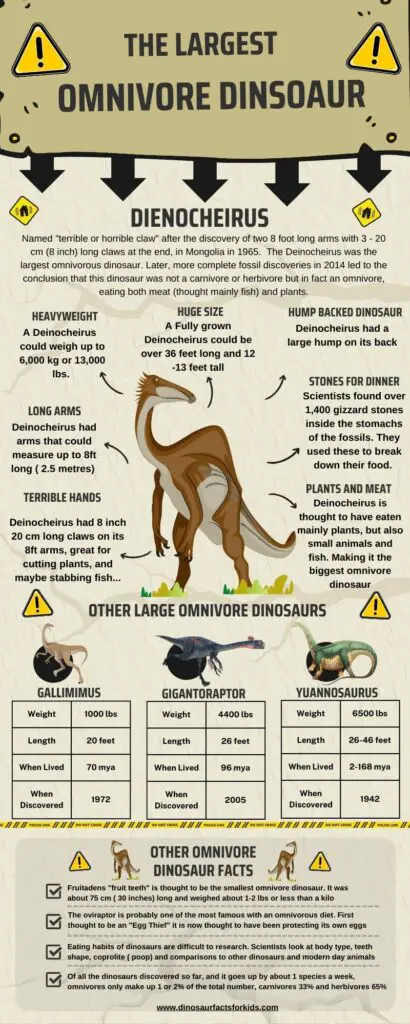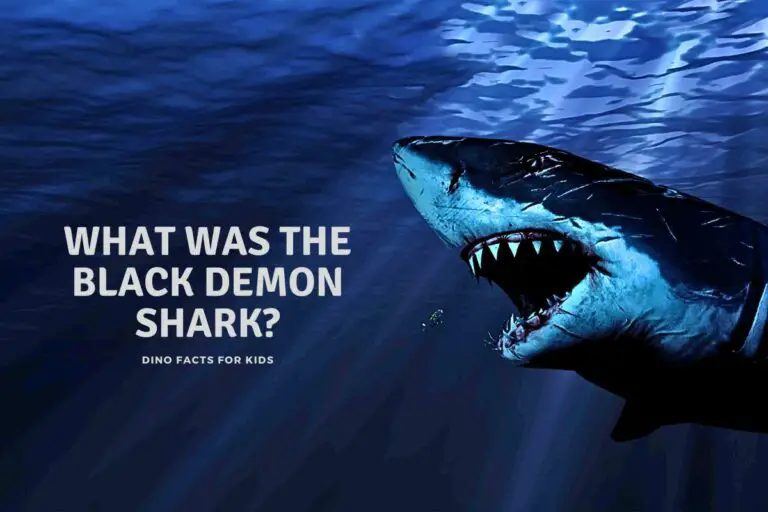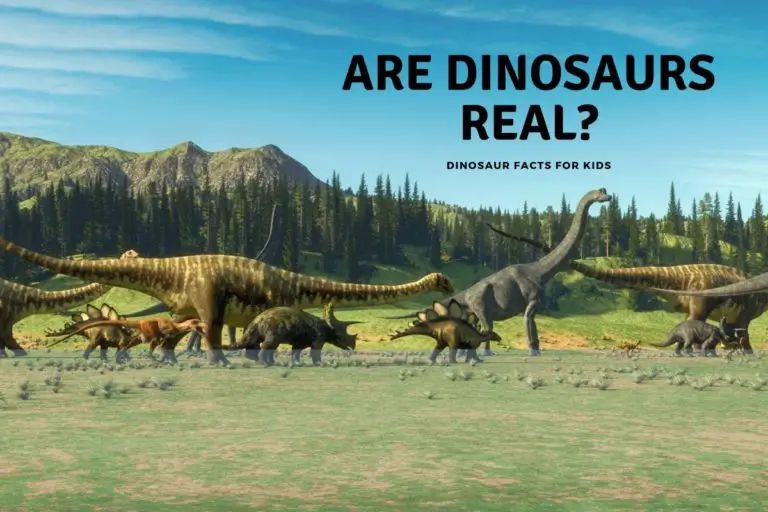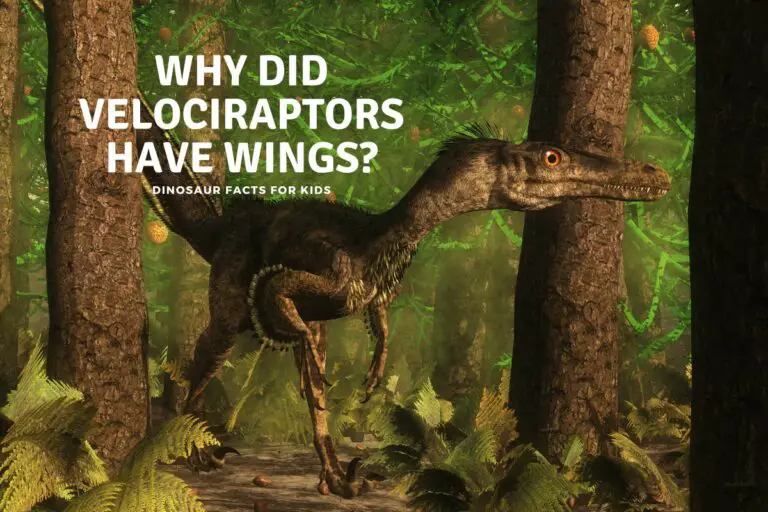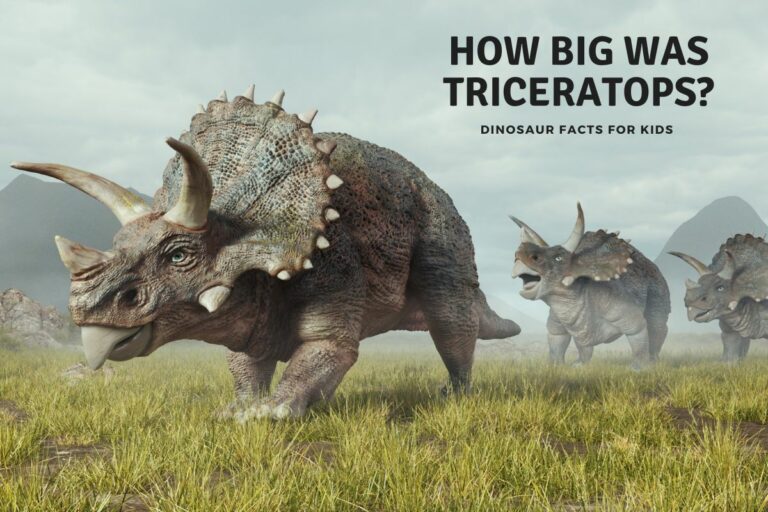What Was The Biggest Omnivore Dinosaur?
Most people could name some of the largest carnivore or herbivore dinosaurs but would struggle to recall any names or facts about omnivores. This is understandable as of all the dinosaur species discovered so far only about 1-2% are thought to be omnivorous. However there were some amazing omnivore dinosaurs and we look at the biggest of them in this article.
The Deinocheirus is the largest known omnivore dinosaur. It measured over 30 feet long and up to 16 feet in height. A fully grown Deinocheirus could weigh around 6 tons and its diet consisted primarily of underwater vegetation and fish.
Only three Deinocheirus fossil samples have been discovered in history, but that’s all palaeontologists needed to gather an understanding of this unusually large omnivore dinosaur. Read on to find out more about just how big the Deinocheirus is and what makes it so special. We will also take a look at some other heavyweight omnivore dinosaurs that may be more well known to you.
Which Omnivore Dinosaur was the Largest?
When a huge pair of fossilised arms sporting 20cm claws was discovered in Mongolia in 1965, there were more questions than answers about the dinosaur it came from. In 2014 when two new fossils were uncovered the Deinocheirus revealed itself to be a huge 6-ton, 11-meter marvel from the Late Cretaceous period.
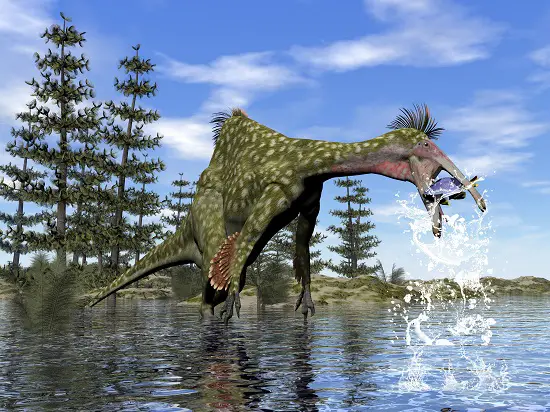
Key information about the Deinocheirus:
- It had an estimated length of 10-12 meters (33-40 feet).
- A height of 5 meters (16 feet).
- A weight of around 6000 kilograms (6 tons).
- The first partial fossil was discovered in Mongolia in 1965. Two more complete fossils were found in 2014.
- It had arms up to 8 feet long ending with 3 8 inch (20 cm) long claws.
- The Deinocheirus is believed to have lived throughout Asia during the Late Cretaceous period.
- Its name translates from Greek as “horrible, or terrible hand”
What really made scientists sit up was the evidence that not only was this dinosaur an omnivore, but it was also the largest one discovered yet.
Deinocheirus is head and shoulders, literally, above all other omnivore dinosaurs!
We have an infographic below with some of the more important facts to use or share if needed. Just click the picture to make it full size.
How Do We Know Deinocheirus was an Omnivore?
Even though Deinocheirus was a lot larger that its omnivore cousins we know it was also omnivorous because of its unique anatomical features and stomach contents. It had a long neck and small head, which suggests it was a proficient herbivore along with a duck bill type snout for eating water grasses.
However, fish scales were found in the stomach of the fossil, which is indicative of an animal that also ate fish. Additionally, Deinocheirus had claws that could have been used for tearing flesh, as well as plant matter and being so long would have been pretty useful in spearing fish as well. .
While still somewhat of a puzzle, this combination of features leads scientists to believe that Deinocheirus was an omnivore that primarily ate underwater plants, but also supplemented its diet with fish when it was available.
What Were the Largest Omnivore Dinosaurs?
While the largest omnivore currently known to science is by far the Deinocheirus, and even with the fact that most other omnivores were small ( 2 – 3 metres) there were a few that were large even for dinosaurs. We will take a look at some other large omnivorous dinosaurs in the table below and have the information in the second infographic if you need to share or use below.
| Largest Omnivore Dinosaurs | Name Meaning | Length | Weight | When lived | Where lived |
| Deinocheirus | Terrible hand | 11 meters 36 feet | 6000 kg 13000 lbs | 71 – 69 million years ago | Mongolia, Asia |
| Gigantoraptor | Giant thief | 8 meters 26 feet | 2000 kg 4400 lbs | 96 million years ago. | Mongolia, Asia |
| Yunnanosaurus | Yunnan Lizard | 7 -13 meters 22 – 46 feet | 1300 – 2800 kg 2600 – 6500 lbs | 201- 168 million years ago | China, Asia |
| Melanorosaurus | Black Mountain Lizard | 8 metres 26 feet | 1300kg 2700 lbs | 227 – 221 million years ago | South Africa. |
| Gallimimus | Chicken Mimic | 6 metres 20 feet | 440 kg 1000 lbs. | 70 million years ago | Mongolia, Asia |
While we looked at the largest omnivore dinosaur, Deinocheirus above in greater detail we will take a look at some other large omnivorous dinosaurs below.
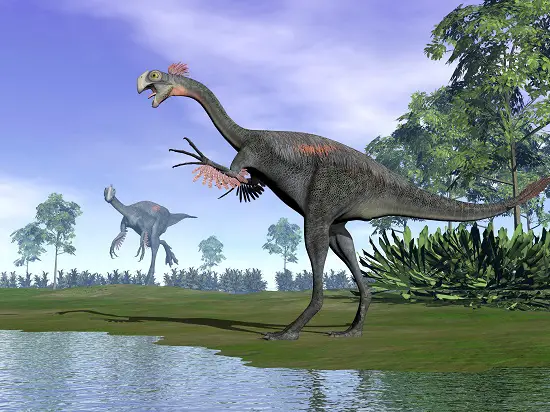
Gigantoraptor
Gigantoraptor is the largest known species of the oviraptorosaur family is is one of the largest feathered dinosaurs ever and would be twice as as tall as a human, making it almost as tall as a T rex. It is thought to be omnivorous due to its sharp and deep beak and jaw movement which was able to move back and forwards which may help with meat chewing and processing.
It could be up to 26 feet long and weigh up to 4400 lbs which is very large especially for an omnivorous dinosaur.
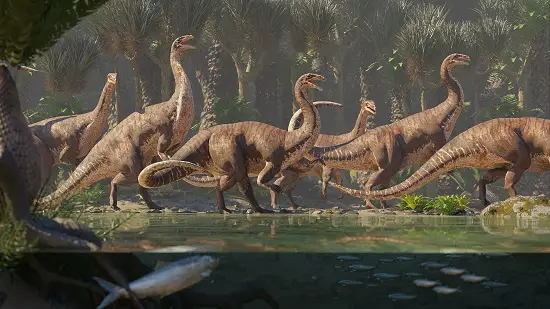
Yunnanosaurus
Yunnanosaurus was a sauropodomorph dinosaur ( which means very early sauropod) and lived in Asia between 201 and 168 million years ago. It was discovered in 1942 and It was certainly large at up to 22 feet long, although its mass and weight are thought to be much less than a Deinocheirus.
Although by no means a definitive scientific explanation to it being considered an omnivore were possession of different teeth to other prosauropods. Yunnanosaurus had 60 spoon shaped teeth that were sharpened by grinding. Useful for cutting and eating plants for sure, and some like the Natural history museum in the UK, think maybe for cutting and eating meat as well when the chance arose.
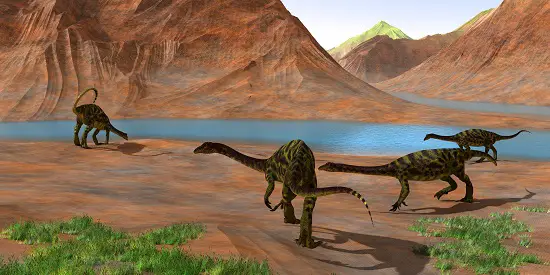
Melanorosaurus
Melanorosaurus is another example of an early sauropod, from 227-221 million years ago. It was small for a sauropod even a sauropodomorph at 26 metres and about 2400 lbs. it is thought that although like the VAST majority of sauropods it was a herbivore that may have supplemented its diet with small animals when available.
Similar to yunnanosaurus its teeth were significantly different to other sauropods and other primarily a plant eater it was equipped to eat meat as well.
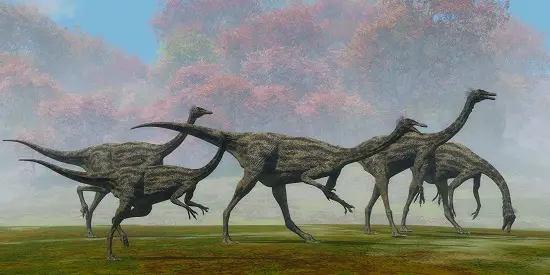
Gallimimus
Gallimimus was first thought to be a herbivore, but on more detailed study of its mouth and its very mobile neck, it is thought it could also have had a diet of crustaceans, small animals, insects eggs and plants making it an omnivore. .
It was about 20 feet long and would have weighed up to 1000 lbs, or 440 kg, much less than all the other dinosaurs on this list of large omnivores, but it had one thing the others didn’t – the ability to run fast. more on this and its family here.
A word of caution
We have to sound a word of caution here, the eating habits of dinosaurs are difficult to be 100% sure about. They are researched by body type teeth shape, examining coprolite ( poop) and comparing to both other dinosaurs and modern day animals. The two sauropods above are thought to possibly be omnivores, and there is not 100% proof they were as of yet.
However either way they were both smaller than Deinocheirus so would not affect the largest omnivore dinosaur outcome even if confirmed they ate meat and plants.
What Was The Smallest Omnivore Dinosaur
Most omnivorous dinosaurs were small, and almost all were bipedal, with many of the species around two meters in length. The smallest of these was the Fruitadens haagarorum, a tiny ornithischian dinosaur first discovered in North America.
Fruitadens is actually one of the smallest known dinosaurs as well as the smallest known omnivorous dinosaur and when compared, as shown below, to the Deinocheirus was tiny. It was about 75 cm ( 30 inches) long and only weighed about 1-2 lbs in weight or less than a kilo. it was part of the heterodontosauridae family of dinosaurs.
The table below shows the vast difference in size between the largest and the smallest omnivore dinosaurs.
| Largest adult size estimate | Length | Weight |
| Deinocheirus | 11m (36 ft) | 6000kg |
| Fruitadens haagarorum | 70cm (2.2 ft) | < 1kg |
We have a more in depth article on some of the smaller, and it has to be said, cuter Omnivorous dinosaurs here on the site. You can check it out in our smallest omnivorous dinosaurs article.
Scientists have yet to discover why the Deinocheirus was so large compared to others of its kind, so it will likely remain a mystery unless more fossils can be found, and further evidence can be gathered.
How did Deinocheirus grow so big
Aside from clearly having access to plenty of food, whatever niche Deinocheirus managed to carve out for its self was clearly successful, However being of such a size would have put off most of the predators it lived with, and those claws may have added to the unwillingness to take prey of this size.
Tarbosaurus, Alioramus, and Bagaraatan may have tried, as well as more organised predator troodontids like Borogovia which lived alongside Deinocheirus in Mongolia at the time.
What is the Most Famous Omnivore Dinosaur?
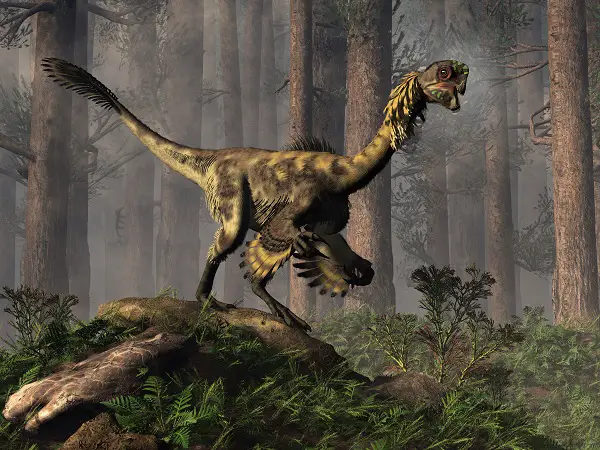
The oviraptor is probably one of the most famous with an omnivorous diet. it has had a mixed history since its discovery in Mongolia in 1922. When first discovered it was found next to and partially covering a nest of eggs. This led paleontologists to believe it died while feeding on these eggs, especially as it had the traits associated with omnivorous dinosaurs.
However, later studies, and discoveries were found which indicated that while it may have eaten both meat and plant life the eggs it was found with were likely its own and likely being protected. Its name “Egg thief” seems to be very misplaced!
What Did Omnivore Dinosaurs Eat?
Dinosaurs evolved in a lot of different shapes and sizes, each specifically adapted to suit their environment and diets, from apex predators like Allosaurus and T Rex, to swift herbivores like Gallimimus and Struthiomimus.
Though it is believed The Deinocheirus would primarily eat vegetation around waterways, it would eat fish if the opportunity arose.
Other omnivore dinosaurs of all sizes were able to digest a wide variety of food items. Their diet consisted of both plants and animals.
Some omnivorous dinosaurs were even known to eat other dinosaurs. This is evidenced by fossilized coprolites (dung) which has been found containing the bones of other small dinosaurs. This means that these larger omnivores must have either scavenged the remains of other dinosaurs or actively hunted them for food.
Omnivores would have had a better chance at survival, as they could adapt their diet to suit food availability. Carnivores and herbivores would have found themselves much more restricted when food was scarce, and with the size ( deinocheirus omitted) of most omnivores they would need considerably less food in times of scarcity.
We have a larger article on what omnivorous dinosaurs ate you can check out through the link.
Size Differences Between Omnivore, Carnivore, and Herbivore Dinosaurs?
Dinosaurs can be broadly divided into three categories: omnivore, carnivore, and herbivore. Each type has its own distinct characteristics.
Omnivore Dinosaurs
- Were usually smaller in size and fast moving.
- Ate both plants and animals.
- Most had sharp teeth that are good for both slicing meat and flat teeth for crunching through tough plant matter.
The Deinocheirus was a very unusual omnivore due to its significantly larger size and duck bill snout instead of teeth and beak. It was also, due to size, likely to be much slower moving compared to most other omnivores.
Carnivore Dinosaurs
- Many were large bodied and strong, but they did come in a variety of sizes
- Excellent hunters, they hunted with speed and agility or by ambush.
- Exclusively ate animals.
- Had strong jaws and sharp teeth suited to tearing or piercing flesh.
Herbivore Dinosaurs
- Herbivores varied in size but were often very large.
- Exclusively ate vegetation.
- Had blunt, flat teeth, ideal for chewing leaves and grasses.
- Often lived and travelled in herds.
- Were generally slower than carnivores and omnivores especially at large sizes.
Why were herbivore dinosaurs often so much larger than carnivores and omnivores? It’s simple. Abundant growth of vegetation meant that food was plentiful, and over time herbivores were able to eat and grow quickly. As herbivores did not need to be agile and fast moving to hunt and chase their food, they were able to grow to very large sizes.
large sizes also put off many predators, think of elephants and hippos today, there is not much that will think of them as a meal. Carnivores and omnivores would find it extremely difficult to catch their prey if they had a very large body mass, So it is evolutionarily necessary for them to stay smaller.
Exceptions exist of course, the large carnivore species would target large herbivore species in what became an evolutionary race of size.
Even today we can see the size difference between omnivores, herbivores, and carnivores. Just look at elephants and hippos compared to lions, hyenas, and baboons.
It won’t come as any surprise that herbivores rank all the spots on the top ten biggest land animals list today, and in the time of the dinosaurs.
We have a series of articles on How Big Dinosaurs were and you can follow the links below to check out the size of other popular dinosaurs.
And if you wanted to know some of the smallest dinosaurs ever you can check out the article on the site as well. As although dinosaurs are often thought to be huge monstrous animals there were plenty of small ones as well and we take a look at them on the link above.
Conclusion
Deinocheirus was the largest omnivore dinosaur known. At 36 feet long, with a weight of up to 12 – 13,000 lbs (6000 kg) there is no dinosaur currently known that comes close to it in mass and size.
Even the disputed omnivorous diets of the two prosauropods, Yunnanosaurus and Melanorosaurus they would still weigh less, although Yunnanosaurus if categorically proved to be omnivorous may challenge this at a later date. At its largest size it is currently longer than Deinocheirus, but not thought of as massive.
So while most omnivores were smaller dinosaurs at under 3 metres and under 200 kg ( 440 lbs) answering the largest Omnivore dinosaur is much easier than the largest herbivore or largest carnivorous dinosaur questions – those dinosaurs had competition!
Deinocheirus is head and shoulders, literally, above all other omnivore dinosaurs!
References
- https://dinopedia.fandom.com/wiki/Yunnanosaurus
- https://en.wikipedia.org/wiki/Gallimimus#Description
- https://www.nationalgeographic.com/science/article/deinocheirus-exposed-meet-the-body-behind-the-terrible-hand
- https://www.dinosaurencounter.com.my/dinopedia/yunnanosaurus
- https://www.thoughtco.com/things-to-know-gigantoraptor-1093788
Hi, I am Roy Ford a General Studies and English Teacher who has taught all over the world. What started as a fossil collection became a great way to teach, motivate and inspire students of all ages and all over the world about dinosaurs and from that and children’s love of dinosaurs came the site dinosaur facts for kids, a resource for all ages.

